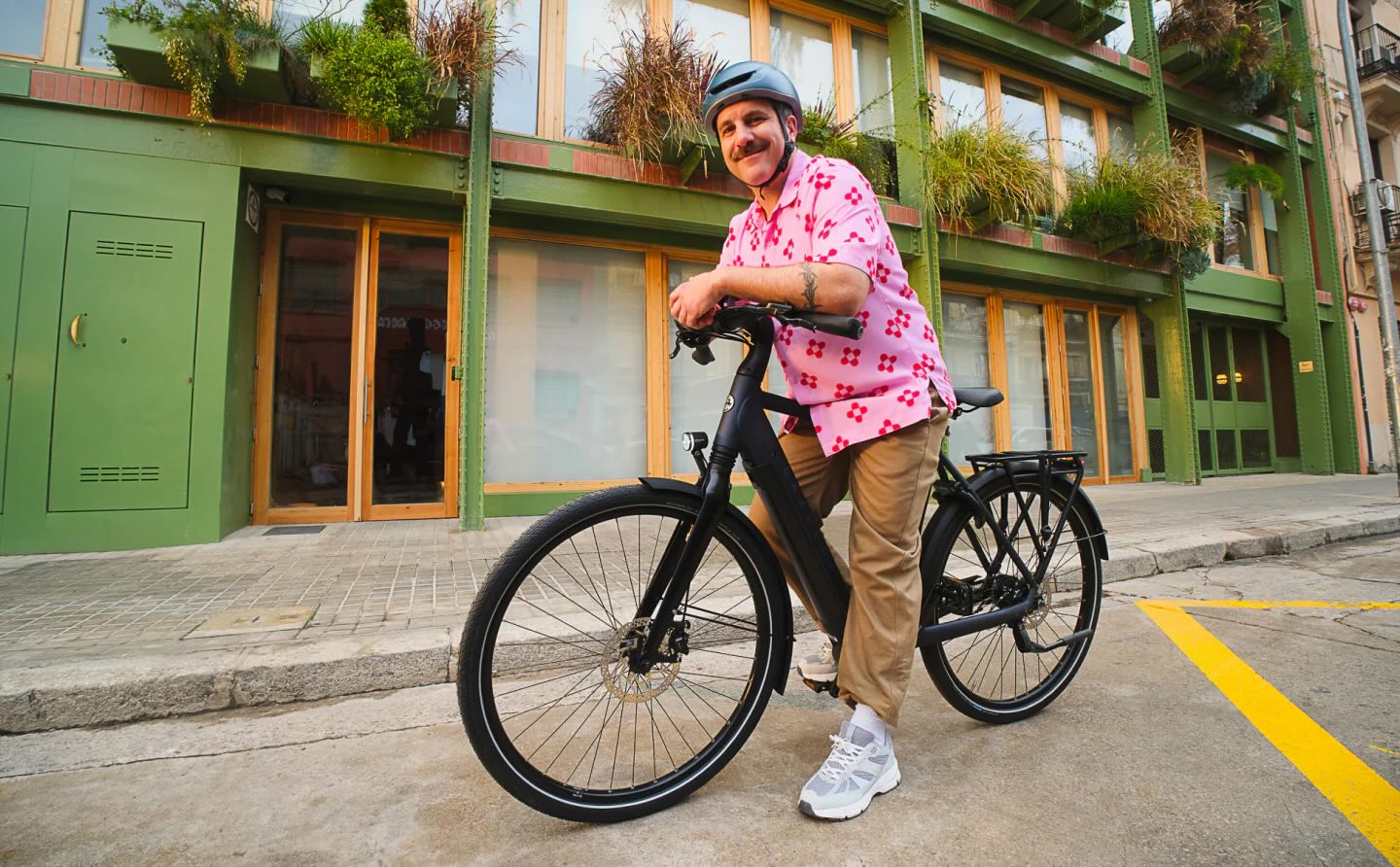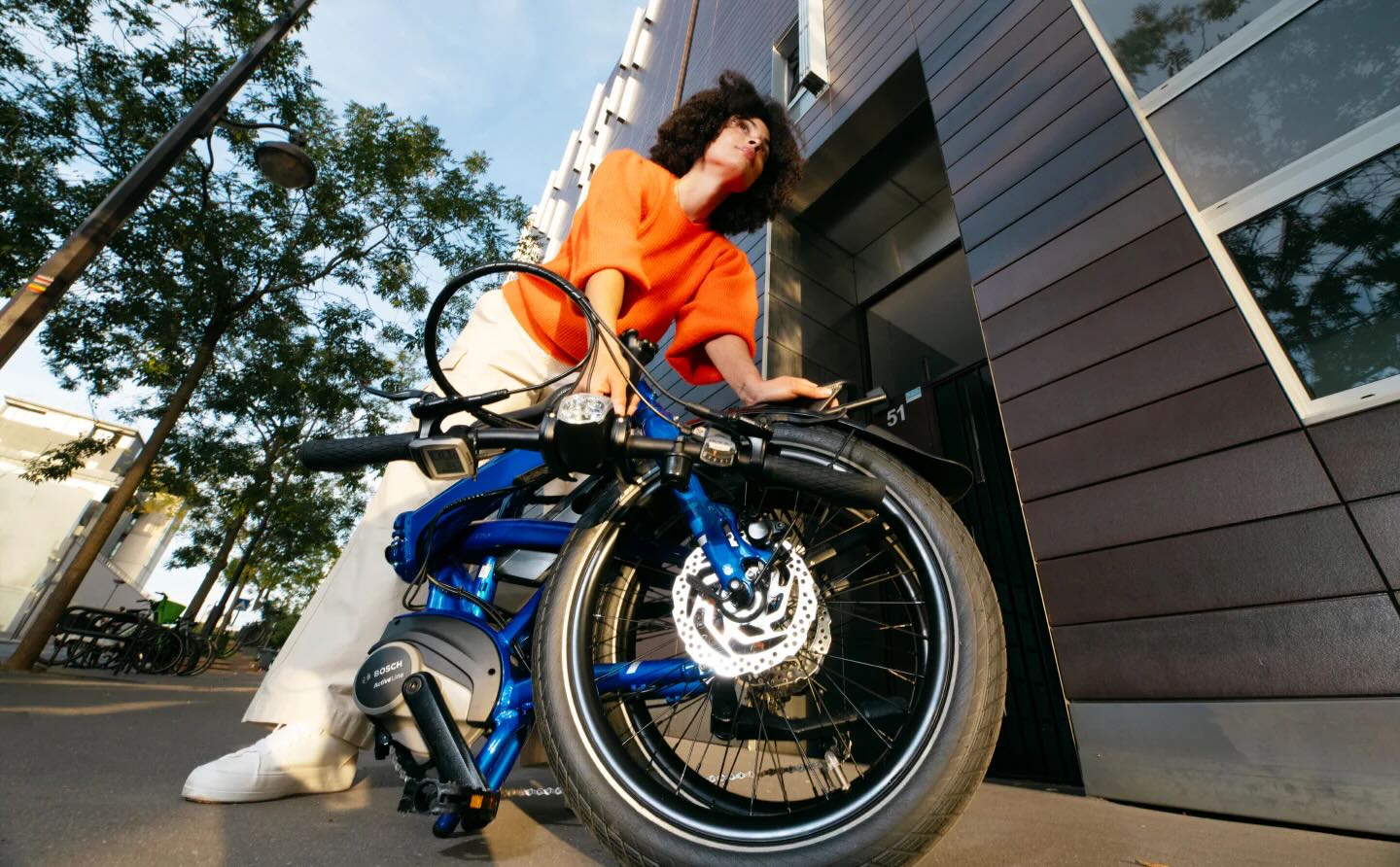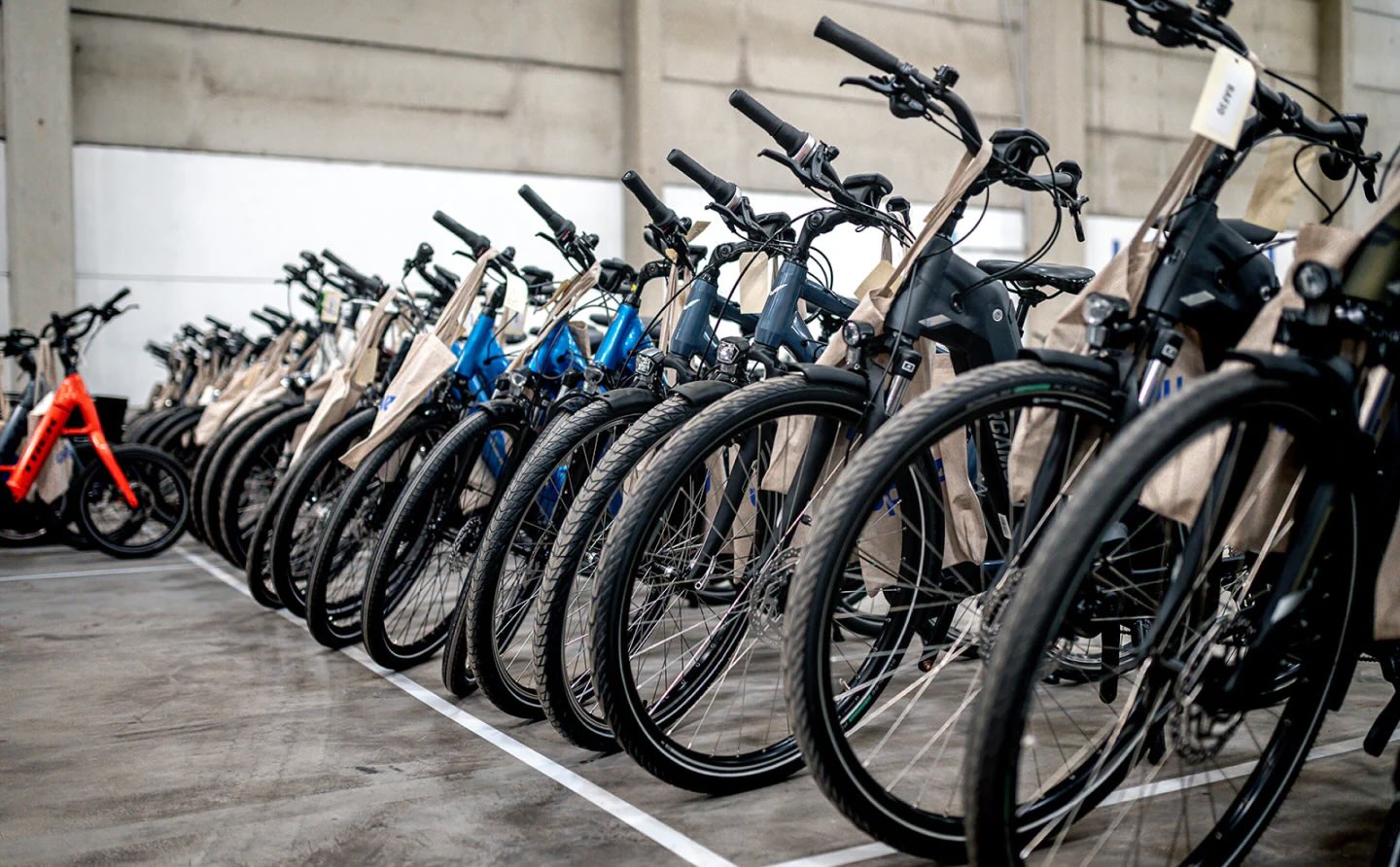Bricks made from alternative materials are helping Bangladesh meet its infrastructure demands without damaging the topsoil or creating excess air pollution.
Recent public and private infrastructure developments have been driving the need for bricks in Bangladesh. However, the government's Department of Environment reported that the country's brickfields use 3,350 million cubic feet of topsoil and clay yearly.
This is a problem because topsoil degradation threatens sustainable agriculture. Despite farmers' short-term profits from selling soil for brick production, a study found that this practice results in 40-80% reduced crops and 40-70% reduced income, ultimately affecting the nation's food security and farmers' long-term finances.
Beyond the soil concerns, traditional burnt clay brick production in Bangladesh also affects air quality. In just the Dhaka region, brick kilns release 1.8 million tons of carbon dioxide, 302,000 tons of carbon monoxide, and other hazardous materials.
To address these environmental concerns, the local government is shutting down conventional brick kilns and converting them to alternative brickmaking production sites. The alternative bricks are made from dredged river soil, cement, sand, and iron.
"We have decided to use alternative bricks from this year for official constructions primarily," said Saber Hossain Chowdhury, the environment, forest, and climate change minister.
Watch now: Solar-powered boats from the Honnold Foundation are making a difference in the Amazon
Alternative bricks will not only protect Bangladesh's environment but will also help save the country a lot of money. Their production cost is about half that of conventional burnt bricks.
"These building materials can easily be used for constructing buildings in the country's rural and urban areas, which will reduce the pressure of topsoil as those do not require any soil," said Md. Ashraful Alam, director general of the Bangladesh Housing and Building Research Institute.
Bangladesh's move to alternative bricks is just one of many advancements worldwide propelling modern brickmaking technology. Innovators have also been experimenting with creating bricks using a sugarcane byproduct, invasive algae, and recycled bottles to make buildings stronger, more sustainable, and more resilient.
Fortunately, the fast-growing brickmaking industry seems to support the Bangladesh government's shift to alternative bricks.
TCD Picks » Upway Spotlight

"If the market demand could be created through promotion, we eagerly will convert our business from burnt brick to nonburnt alternative bricks," said Firoz Haider Khan, president of the Bangladesh Brick Manufacturing Owners Association.
Join our free newsletter for cool news and cool tips that make it easy to help yourself while helping the planet.













